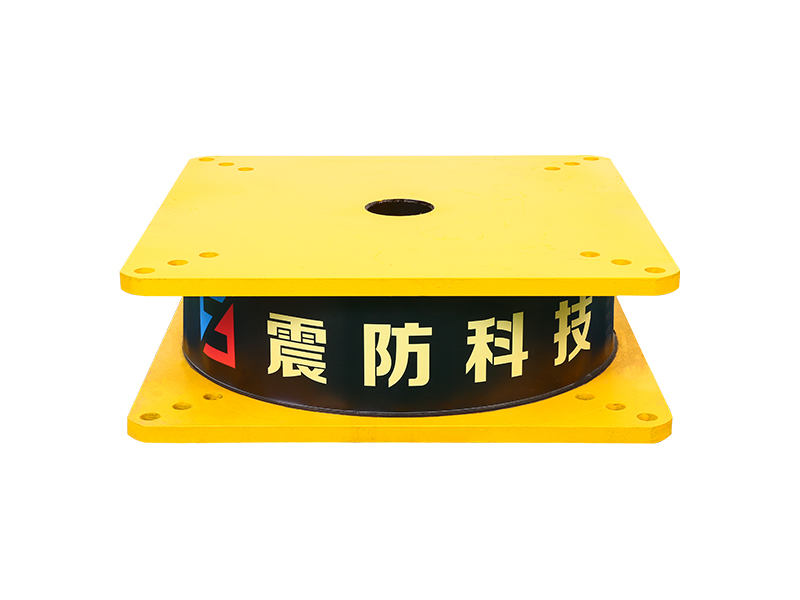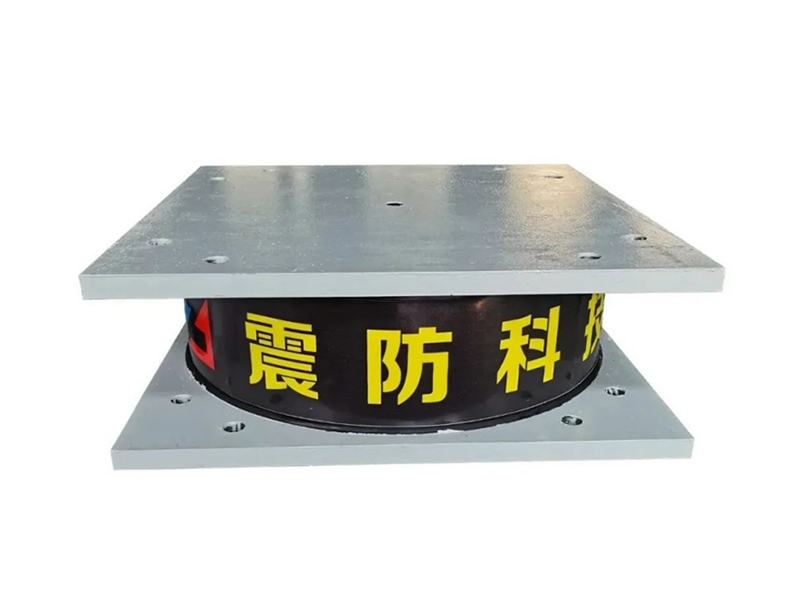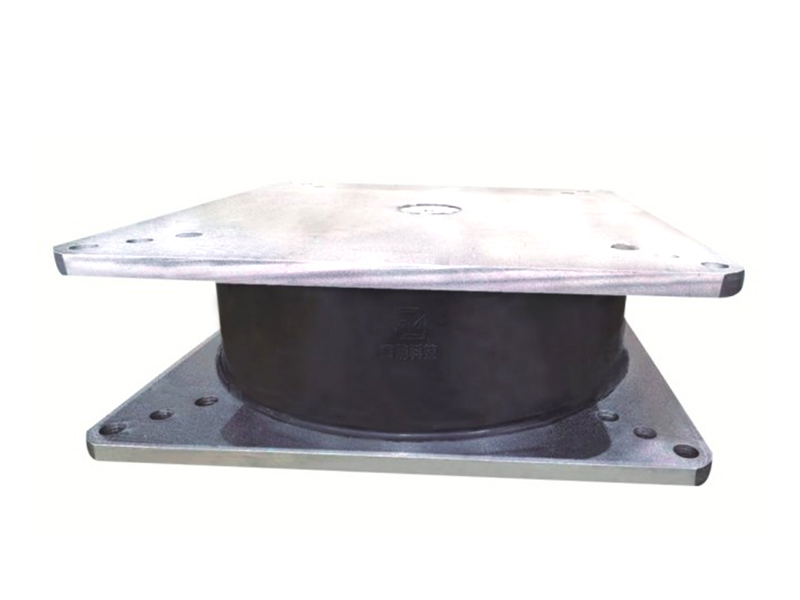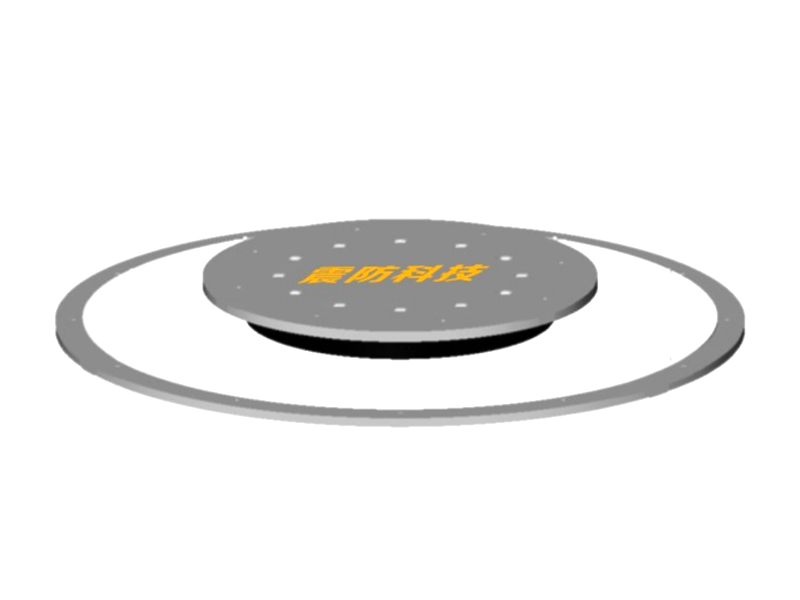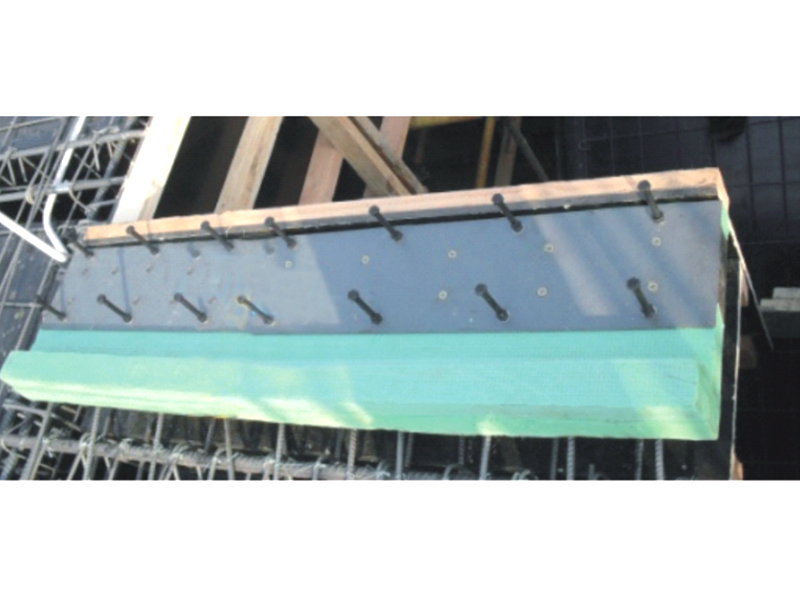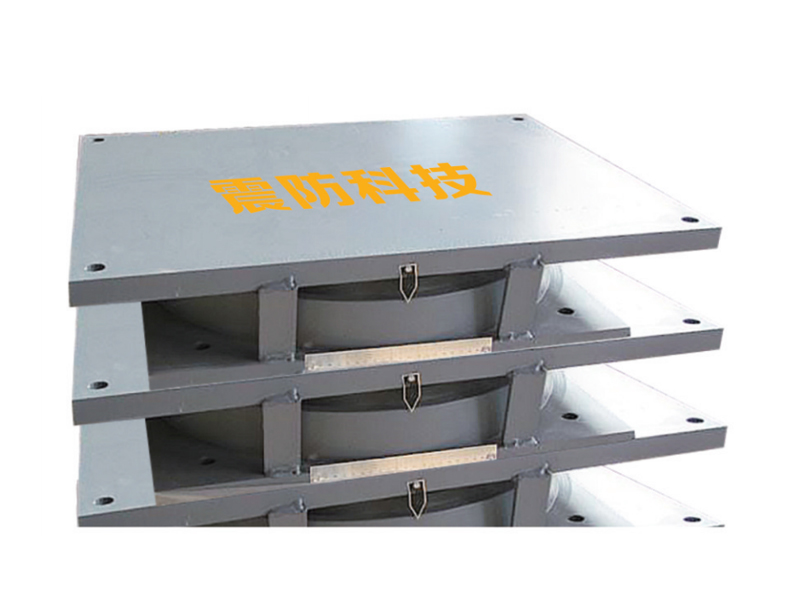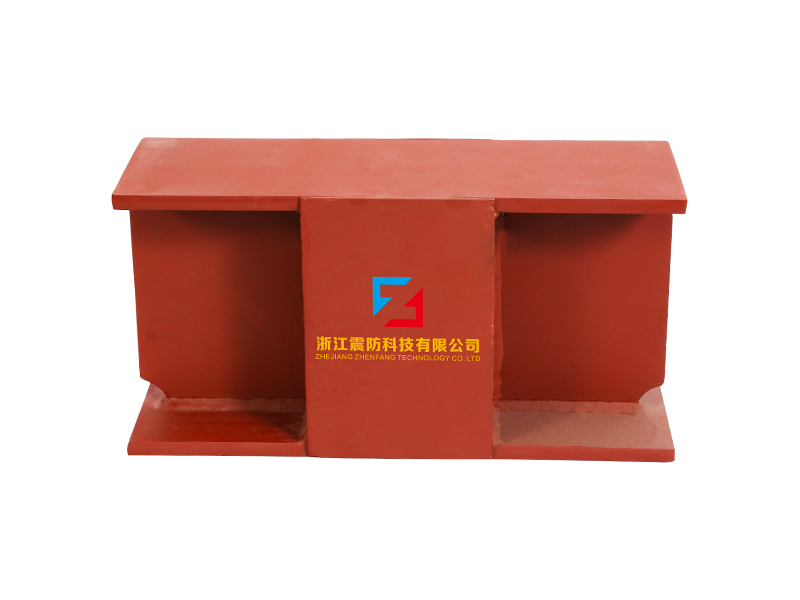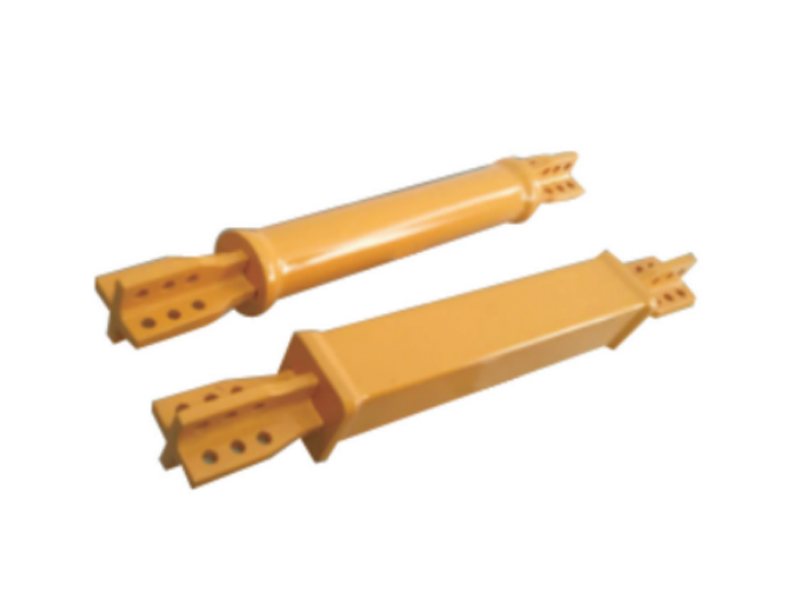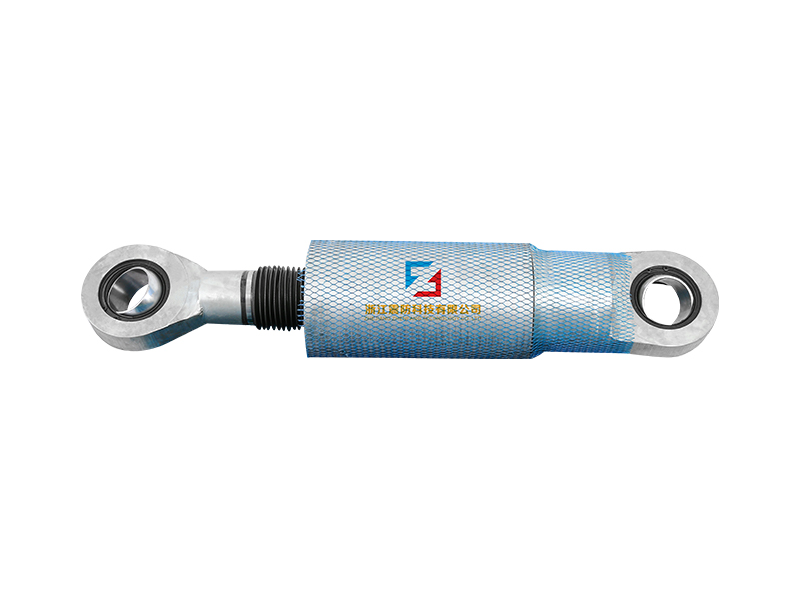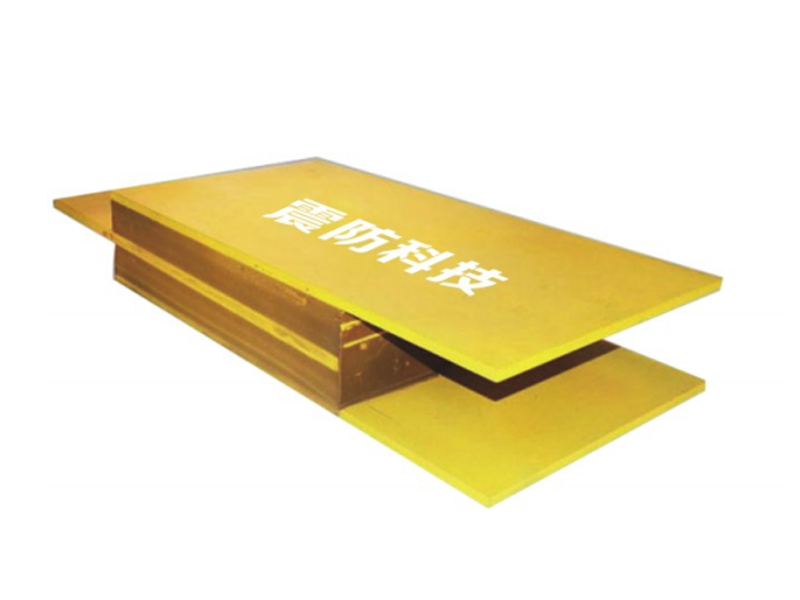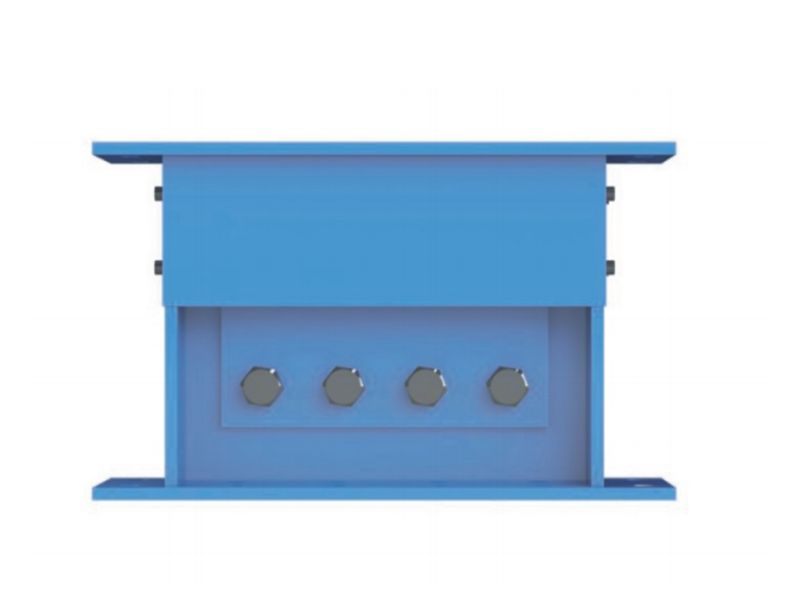The company has been adhering to the corporate tenet of "quality first, customer first", and sincerely welcomes domestic and foreign customers to visit and guide.
GET A QUOTEIn recent decades, advancements in structural engineering have focused heavily on improving earthquake resilience in infrastructure. One of the effective innovations in this domain is the High Damping Rubber Seismic Isolation Bearing, a technology that has significantly changed the way buildings and bridges are protected against seismic forces.
A High Damping Rubber Seismic Isolation Bearing is a specialized device installed between a structure’s foundation and its superstructure. Its main function is to decouple the building or bridge from ground motions during an earthquake. By absorbing and dissipating energy through its unique rubber composition, the bearing reduces the transfer of seismic forces into the structure. This effectively reduces structural damage and enhances occupant safety.
The key advantage of the High Damping Rubber Seismic Isolation Bearing lies in its material composition. Made from layers of rubber and steel, the bearing is designed to be both flexible and strong. The “high damping” aspect means that it can dissipate a substantial amount of energy, reducing vibrations that can otherwise cause damage. Unlike traditional rubber bearings, the high damping version does not require additional dampers or energy dissipation devices, simplifying design and maintenance.
One of the important characteristics of a High Damping Rubber Seismic Isolation Bearing is its ability to elongate under stress while maintaining its load-carrying capacity. This enables it to undergo large lateral displacements during seismic events without failure. The high damping property ensures that many of the energy is absorbed within the bearing itself, preventing the energy from being transferred to the structural components above.
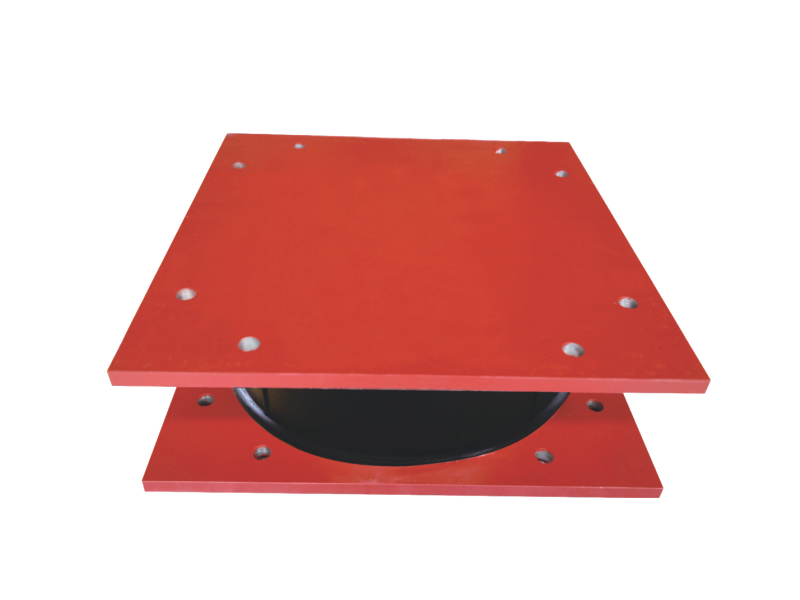
Urban areas located in seismic zones are increasingly adopting the High Damping Rubber Seismic Isolation Bearing due to its reliability and cost-effectiveness. Countries like Japan, New Zealand, the United States, and China have integrated this technology into public buildings, bridges, and even residential complexes. In many cases, the installation of such isolation bearings has allowed critical infrastructure to remain operational after major earthquakes, thereby reducing economic disruption and speeding up recovery efforts.
Engineers favor the High Damping Rubber Seismic Isolation Bearing not only for its performance but also for its durability. These bearings can last for decades without significant degradation, even in harsh environmental conditions. Their maintenance requirements are little, which makes them proper for long-term infrastructure planning and budgeting.
Designing a building or bridge with a High Damping Rubber Seismic Isolation Bearing typically involves placing the bearings at the base of columns or under load-bearing walls. During a seismic event, the bearings shift to absorb movement, while the superstructure above remains relatively still. This not only protects the structural integrity of the building but also helps to safeguard occupants, equipment, and interior finishes from harm.
Another compelling reason for using the High Damping Rubber Seismic Isolation Bearing is its adaptability. It can be customized for different weights, building types, and seismic conditions. This versatility makes it suitable for a wide range of projects—from small commercial buildings to massive transportation infrastructure.
Research has shown that structures equipped with High Damping Rubber Seismic Isolation Bearing systems suffer far less damage during earthquakes compared to those with conventional fixed-base designs. This finding has led to changes in building codes and construction practices in many regions, with a growing emphasis on seismic isolation technologies.
